Traffic Lights
- 1/8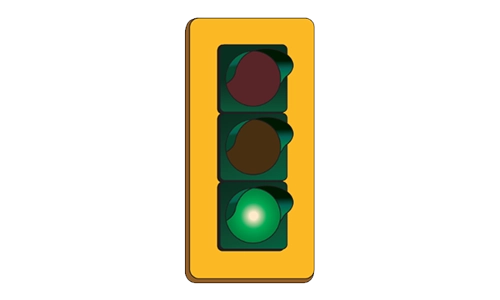
A green light means you may turn left, go straight, or turn right after yielding to vehicles and pedestrians already in the intersection. When turning left or right, you must yield the right of way to pedestrians crossing the intersection.
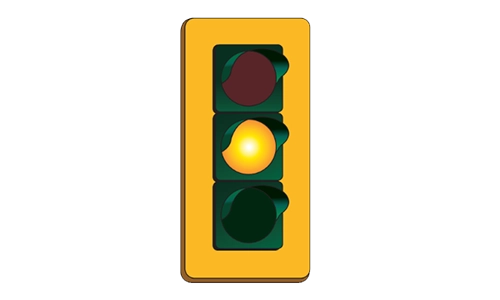
A yellow or amber light means the red light is about to appear. You must stop if you can do so safely. Otherwise, proceed with caution through the intersection.
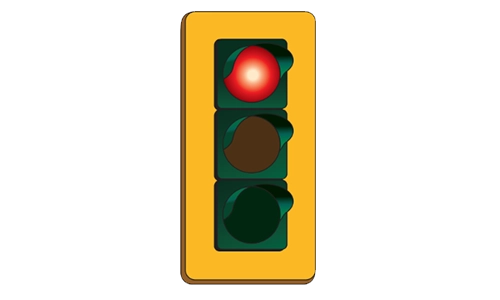
A red light means you must stop. Bring your vehicle to a complete stop at the stop line if it is marked on the pavement. If there is no stop line, stop at the crosswalk, marked or not. If there is no crosswalk, stop at the edge of the sidewalk. If there is no sidewalk, stop at the edge of the intersection.
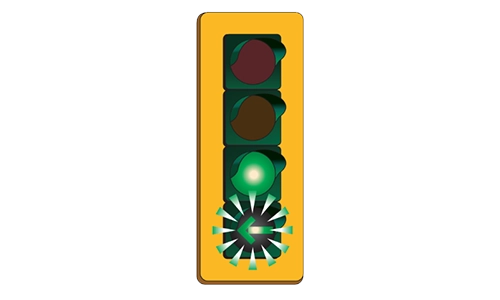
When you face a flashing green light or a left pointing green arrow and a green light, you may turn left, go straight ahead, or turn right from the proper lane. This is called an advanced green light because oncoming traffic still faces a red light. Pedestrians must not cross on a flashing green light unless a pedestrian signal tells them to.
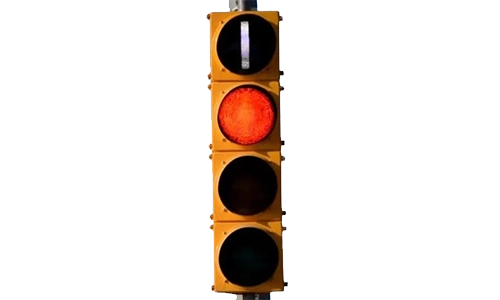
A transit priority signal allows transit vehicles to proceed, turn right, or turn left while all conflicting traffic faces a red light. Traffic and pedestrians must yield to public transit vehicles at these signals.
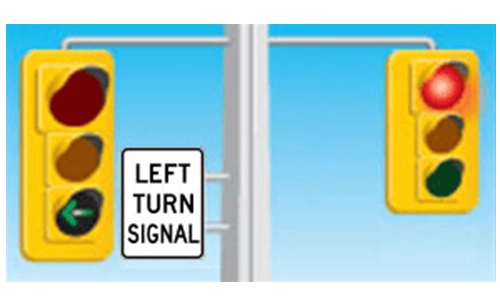
A fully protected left turn signal allows you to turn left from the left turn lane when you face a green arrow, while traffic going straight or turning right sees a red light.
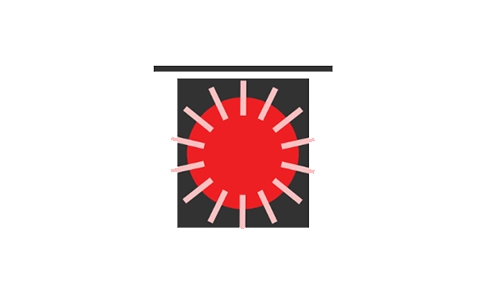
A flashing red beacon means you must come to a complete stop and move through the intersection only when it is safe to do so. Treat it like a stop sign.
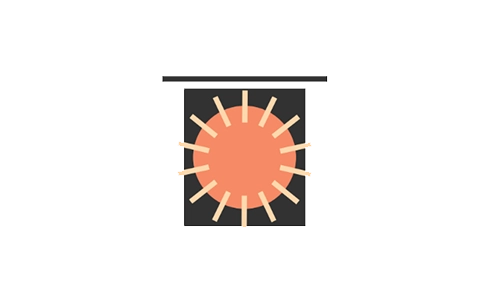
A flashing yellow beacon warns you to drive with caution due to an obstruction or warning at the intersection. Be prepared for unexpected conditions.
 Flash Sales ends
Flash Sales ends  Get Subscription is just only
Get Subscription is just only 



